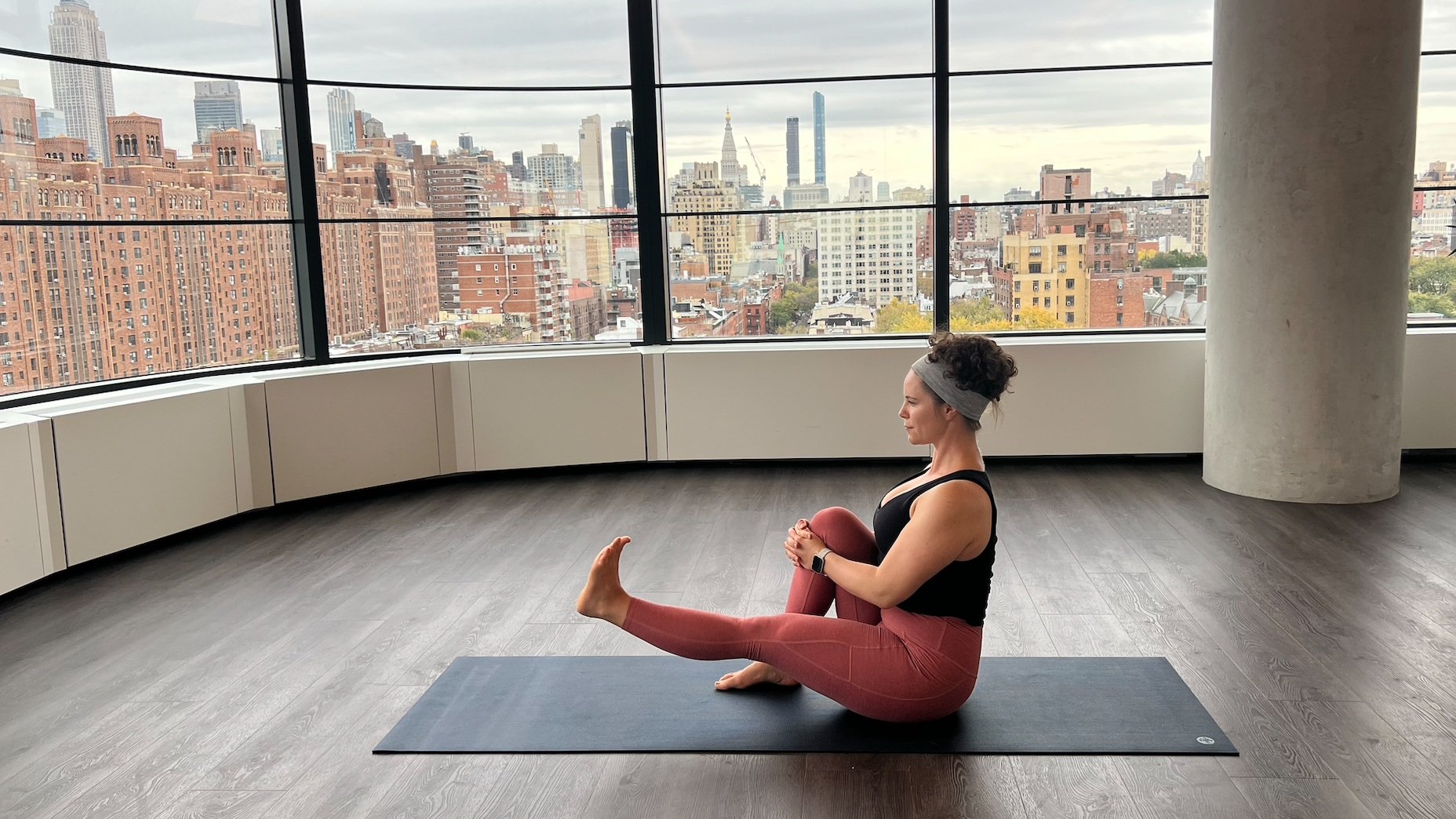Don’t Let Your Knee Pain Get You Down
Recurring knee pain is a common and often chronic complaint suffered by athletes to everyday people alike! However, just because knee pain can be common does not mean that anyone suffering from it needs to normalize it, or fall into the trap of believing that they need to live with it for the rest of their lives.
When working to strengthen your legs as a means to help relieve your knee pain here are 2 important factors to consider:
Is your knee pain the result of a chronic or acute injury?
Chronic pain is usually the result of a diagnosed condition like arthritis, or an overuse injury like Runners Knee or Bursitis
Acute injuries happen quickly and are often the result of a fall or some kind of impact to the joint.
Once you have determined (with the help of your doctor) what might be causing your knee pain here is our general rule of thumb: Movement and strength exercises as tolerated.
While it may be tempting to avoid exercising when knee pain occurs this is not always the best choice.
Especially if the injury is chronic, chances are that the muscles around the knee joint and capsule are weak and need to be strengthened in order for your knee pain to improve.
So the question you are probably asking yourself right now is, “once I have been cleared by my doctor how many times a week should I do Pilates exercises to help with my knee pain?”
Great question. So long as your injury does not require surgery or any type of extensive physical therapy before returning to your regular movement practice, doing a select group of knee, hip, and lower body strengthening exercises (more on this below) 2-3x’s/week could be your golden ticket to getting out of pain and staying out of pain.
Followup question, can doing Pilates-based lower body strength and mobility exercises also prevent knee pain from occurring? Or are they more effective once knee pain has started?
Another fantastic question. Pilates, by design, moves the body through various ranges of motion that are often neglected in other forms of exercise. For example when it comes to knee pain selected Pilates lower body exercise will look to strengthen not only the muscles in the back and front of your legs but also around your hips, calves, ankles, and feet! All of which have an interplay with the function and health of your knees. So all of this to say doing Pilates can be both preventative and also help you once your knee pain has begun.
PLEASE NOTE: For any of our friends who have recently recovered from knee pain or a knee injury:
In order for your knee pain to stay at bay you will need to keep the muscles around your knee joint conditioned (a.k.a. Strong), otherwise the chances that you will ultimately encounter chronic pain again at some point is much higher.
Here are some of our favorite Pilates-based conditioning exercises that can help keep your knees healthy and happy:
Exercise #1: Single Straight Leg Raise
Benefits: This exercise will strengthen the quadriceps femoris (a group of the four largest thigh muscles). Strengthening this group of muscles is important because the function of the quadriceps femoris is to extend the knee, flex hip, and stabilize the knee cap. In other words strengthening the quadriceps femoris is very important for the function of standing, walking, and running.
Exercise #2: Side Lying Leg Lifts
Benefits: Side lying leg work will strengthen the TFL (tensor fasciae latae). Together with several other muscle groups, such as the gluteus medius and minimus, the TFL's function is to stabilize both the hip and knee. Strengthening the TFL will help with balance and stability when standing, walking, and running.
Exercise #3: Seated Heel Slide
Benefits: By design the knee is a hinge joint. This means that bending and straightening at the knee is important for maintaining the basic function of the joint. Every time the knee bends and straightens, synovial fluid is pumped through the joint. This is a good thing because synovial fluid cushions the end of bones and reduces friction inside of the joint.List item
Exercise #4: Kneeling Thigh Stretch
Benefits: This strengthens the quadriceps femoris (a group of the four largest thigh muscles) and the glutes. Strengthening this group of muscles is important because the function of the quadriceps femoris is to extend the knee, flex hip, and stabilize the knee cap. Similarly the function of the gluteal muscles is to stabilize the pelvis and aid in locomotion (a.k.a. Anytime we walk, run or move on two feet they are using our glutes). Additionally, every time the knee bends and straightens, synovial fluid is pumped through the joint. This is a good thing because synovial fluid cushions the end of bones and reduces friction inside of the joint.
Exercise #5: Hip Circles
Benefits: Having limited mobility or range of motion in your hips can affect the weight distribution of your legs and put extra tax on your knees! By design hip circles will help you open up the full range of motion available to you in your hip joint, which in turn is going to help take extra stress off of your knees and give you a fuller range of motion when performing other activities like walking, running, squatting, and more.
Want more?
Check out this list of classes we have that can help you strengthen your legs, mobilize your hips, & address knee pain…






